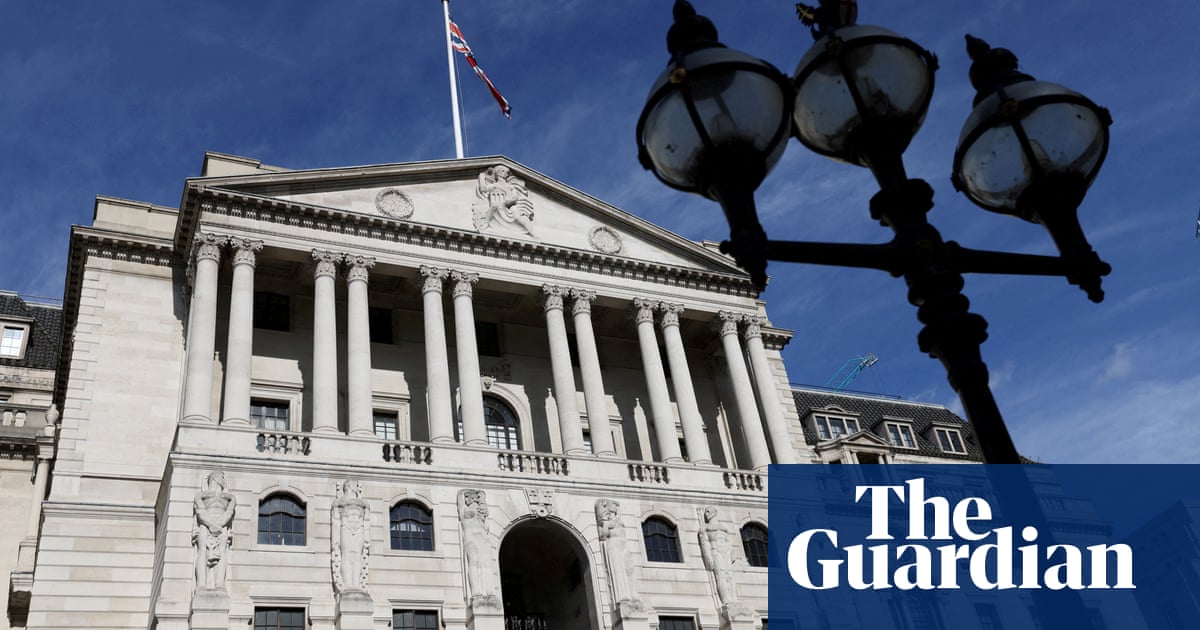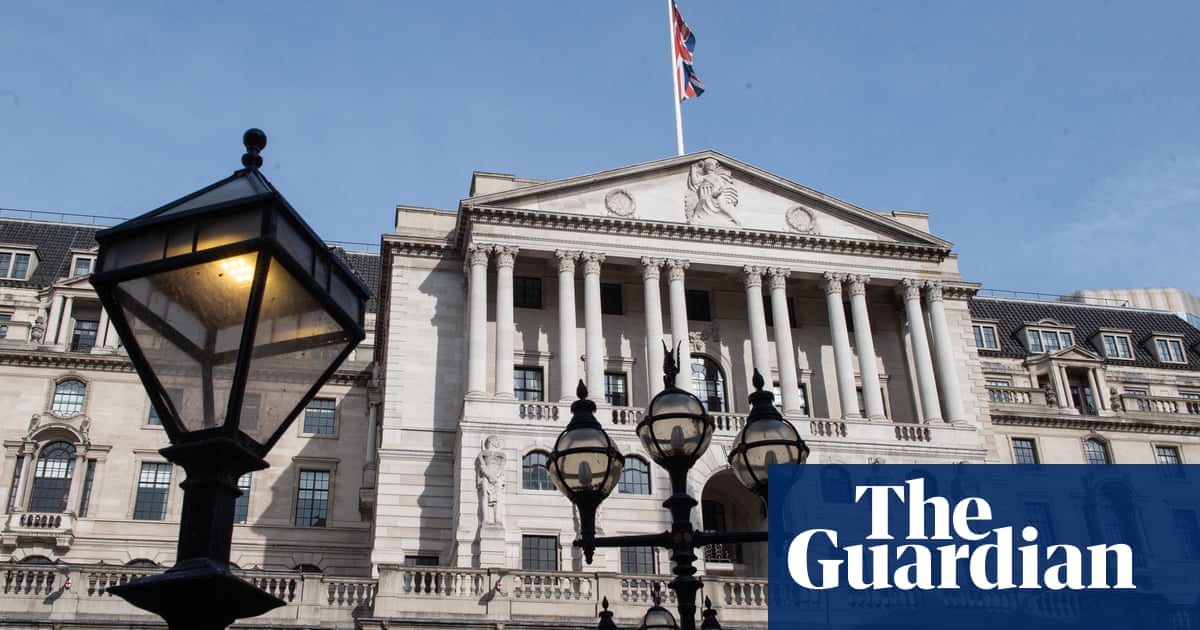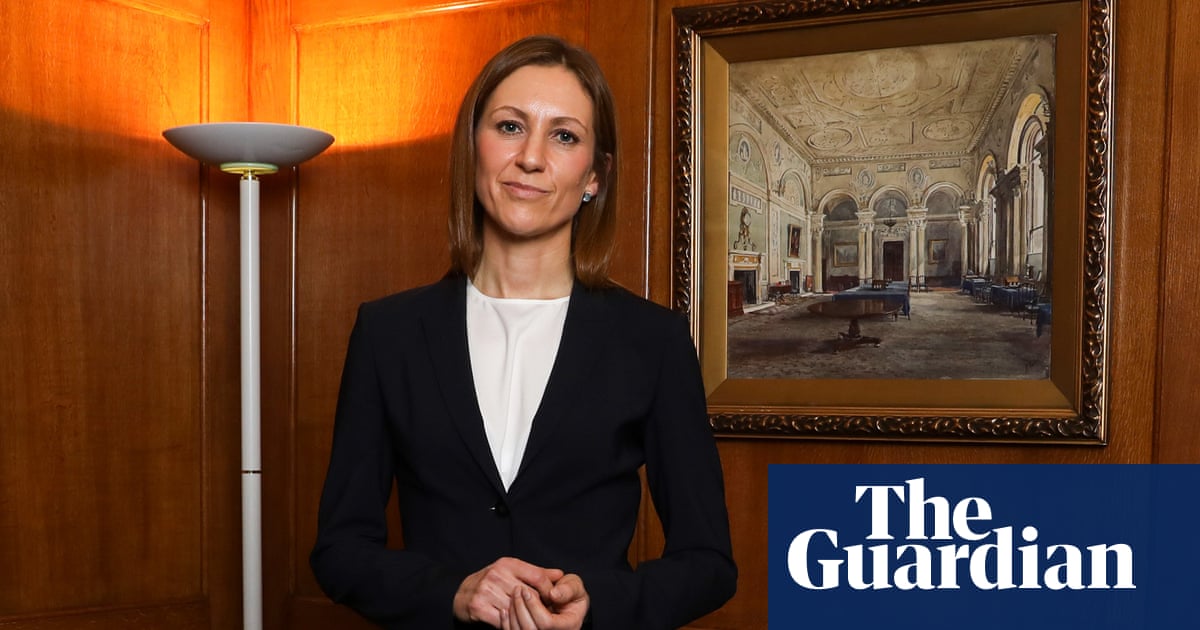
* Saunders: rates might be able to go “a little below zero”
* Negative rates would boost potency of bond-buying
* Saunders says BoE should err on side of too much stimulus
* Still scope for more bond-buying - Saunders
* BoE studying feasibility of negative rates
* Review likely to be published “reasonably soon” (Adds JP Morgan analyst, details)
LONDON, Dec 4 (Reuters) - The Bank of England can probably cut interest rates slightly below zero, and it should be ready to pump more stimulus into the economy quickly if needed to recover from the coronavirus crisis or a Brexit hit, BoE policymaker Michael Saunders said.
“In my view, there may be some modest scope to cut Bank Rate further but, if we do, it may be preferable to move in relatively small steps,” Saunders said in a speech on Friday.
The BoE is reviewing the feasibility of taking its benchmark rate negative from its current level of 0.1%. It has asked banks about whether that would hit their ability to lend.
“My judgment at present is that the ELB (effective lower bound) for the UK is probably a little below zero, provided appropriate mitigations (eg reserve tiering, bank funding scheme) are in place,” Saunders said.
The BoE’s nine rate-setters have expressed differing views over the suitability for Britain of negative rates, which have been used in other European countries and in Japan.
Saunders said the BoE would comment on its review “reasonably soon”.
Britain’s economy shrank by a quarter earlier this year as the country went into a first coronavirus lockdown.
The BoE expects it will only recover its pre-pandemic size in 2022, slower than many other countries.
Saunders said he thought the BoE should not worry about overdoing future stimulus and it still had “quite a lot of scope” to expand its 895 billion-pound ($1.20 trillion) bond-buying programme.
“Provided inflation expectations are well contained, it is better to err on the side of providing too much monetary stimulus rather than too little, in order to underpin prospects for a strong recovery in the economy,” he said.
However, more bond-buying was unlikely to have much impact unless it was accompanied by a cut in Bank Rate or a signal from the BoE that such a cut was likely.
Saunders said there was no firm evidence that the effective lower bound floor was below -1%, given that no country has gone that low.
“If the BoE proceeds with the policy it will be open minded and learning as it goes, but these comments hint of a move beyond the -0.5% we previously had in mind,” JP Morgan analyst Allan Monks said.
Recent news about the development of COVID-19 vaccines has reduced some risks facing the economy.
“But we are not out of the woods yet, and there are some headwinds that could leave the economy stuck with persistently high unemployment and below-target inflation,” Saunders said.
Uncertainties about how companies respond to barriers to trade with the European Union were another factor facing the economy.
“If those downside risks develop, risk management considerations argue for a relatively prompt monetary policy response in my view,” Saunders said. ($1 = 0.7427 pounds) (Reporting by William James; Writing by William Schomberg; Editing by Alison Williams)












